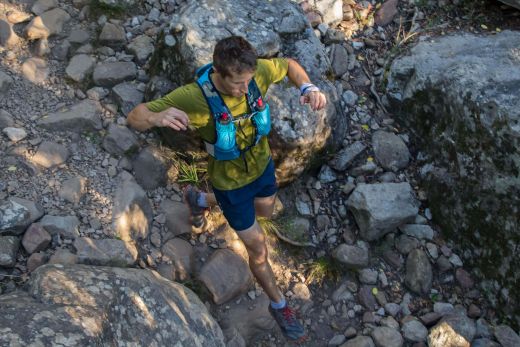All your buddies have started trail running, and you want to get in on the action. Having heard stories of adventure, epic vistas, and thrilling descents, you are definitely starting to feel like you are missing out. But you also realize that there is going to be an adjustment and want to be properly prepared for it. Fortunately, you’ve found this practical guide in which I give you everything you need to know about adapting your technique, pace and conditioning for trail running. Read on, and you’ll learn what to expect when the first lung-busting climb sucks the air out of lungs and what to do when the trail deteriorates into a path best left to mountain goats. There’s a brave new world out there waiting for you to discover it, and this is that first step into it.
Pace
If you are a seasoned road runner, one of things you will have to adjust to is the pace. It’s just slower. With technical single track and steep uphills, you will have to slow things down to conserve energy and negotiate sections of trail strewn with rocks and roots. Most new trail runners expect this but then still underestimate how much the pace of a trail run can fluctuate over its course. At its fastest, you might manage seven minutes per mile, only to be slowed to 25 minutes per mile when you hit the first 2000 foot climb. Unlike road running, where the steepest gradient is likely to be around 10%, trail running can take you up inclines as steep as 20% or steeper. There’s no running these steeper gradients. Everybody hikes, and when you’re just starting out, you will probably have to hike more than most while certain muscles adapt.
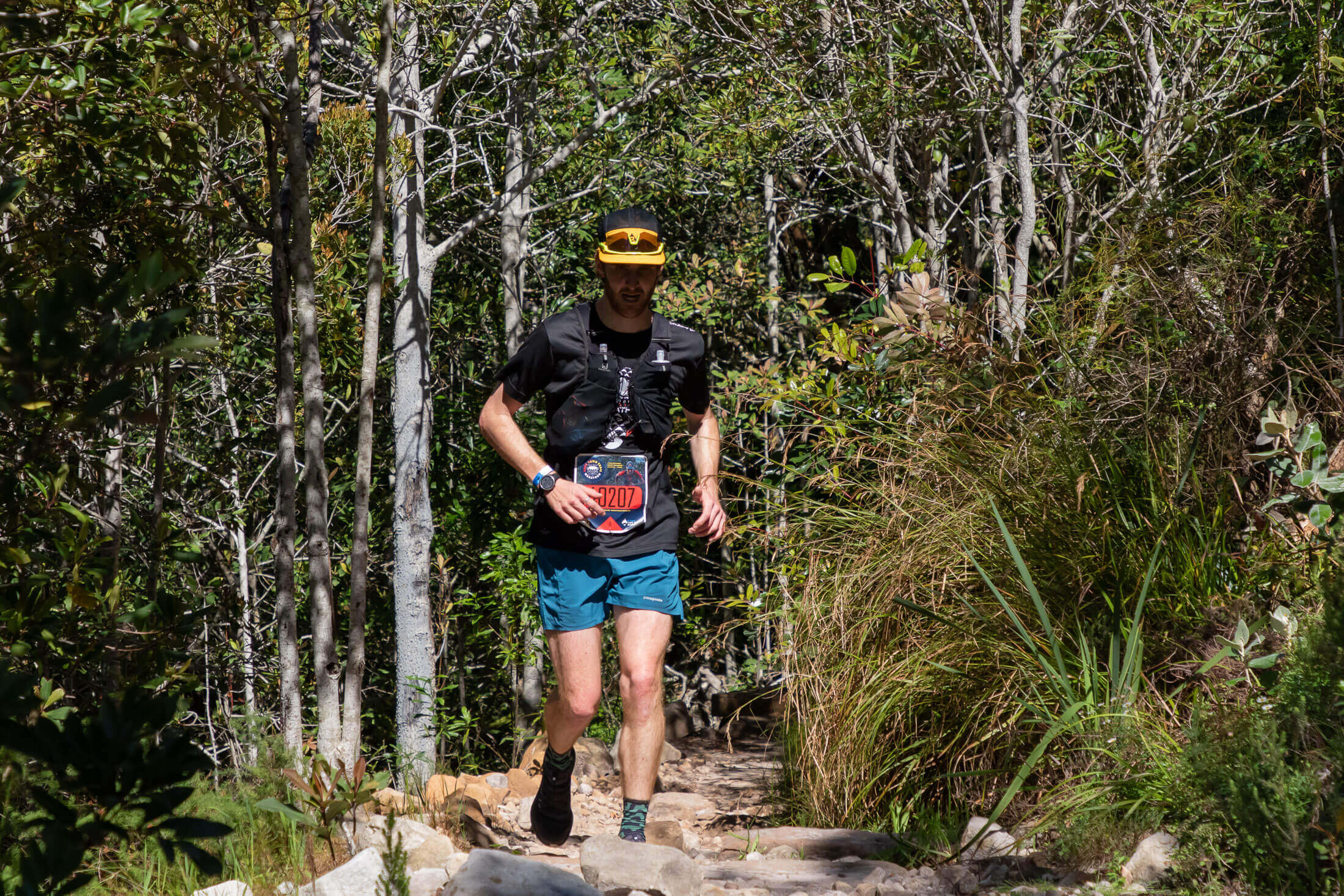
Given how your watch will be pretty useless, you will have to pace yourself according to perceived effort. With time, you will learn how long you can maintain a certain level of exertion for and how long it takes you to recover from bouts of high output. On trails that dip and climb repeatedly, you will probably find that the best way to manage output is to push it on the uphills (almost unavoidable) and then cruise the flats and downhills at a pace that allows you to recover.
Technique
With rugged and varied terrain, trail running will challenge your balance and coordination in ways that road running doesn’t. Besides making changes to your stride, you will need to hone the skills needed to negotiate steep and technical sections of trail. A short stride and high cadence is considered an ideal in road running, but in trail running they are crucial. Besides encouraging a less jarring foot strike, shorter strides allow you to vary the length of a single stride when you need to clear awkwardly positioned obstacles. If you need to get over a rock, you can stretch out your next stride – something you wouldn’t be able to do if you were already making long strides. Lastly, shorter strides keep your feet under you and in line with your center of gravity, and they shorten the gaps in time and distance when your feet aren’t on the ground – better for control.
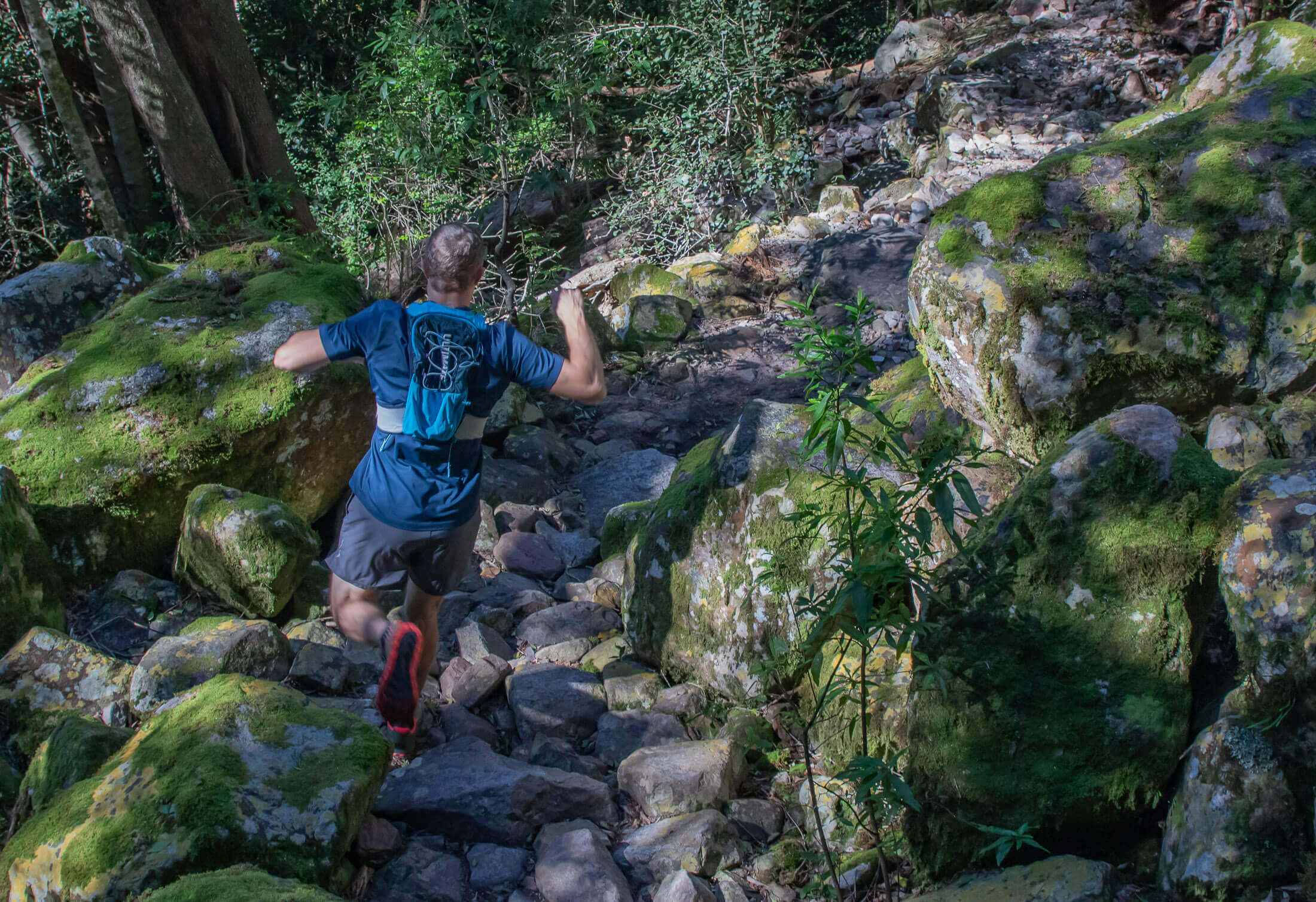
To make up for the shorter stride, you will have to increase your cadence, but that is something you should be striving for regardless of whether you run trail or tar as it generally results in improved efficiency compared to longer strides and slower cadence. The general consensus is that 180 strides per minute is a good target. If you’re currently hitting fewer than 170 strides per minute, you would probably benefit from shortening your stride and focussing on a faster turnover. Beyond a short stride and high cadence, the other way in which you might have to change up your stride is by lifting your feet a little higher. The lumpy nature of many trails means that low flying feet can get tripped up easily. Again, this is something that a short stride can help with.
Focus
Given the many tripping hazards encountered on technical trails, trail running can require your constant focus, sometimes for hours at a time. And you’re just looking down at what your feet are doing. You’re looking several meters ahead and making decisions about the best way to negotiate those obstacles. Making such calls on the fly requires quick and creative problem solving, something that can be as mentally taxing as the physical act is tiring. On the flip side, if your attention span is typically a bit flighty, this kind of focus can give a harried mind a welcome reprieve from the muddle of thoughts that preoccupy it during the average work day. Instead of trying to remember whether you took dinner out of the freezer or scheduled an important appointment, your focus will be turned to the trail, because not falling on your face is, for the moment, more important than anything else.
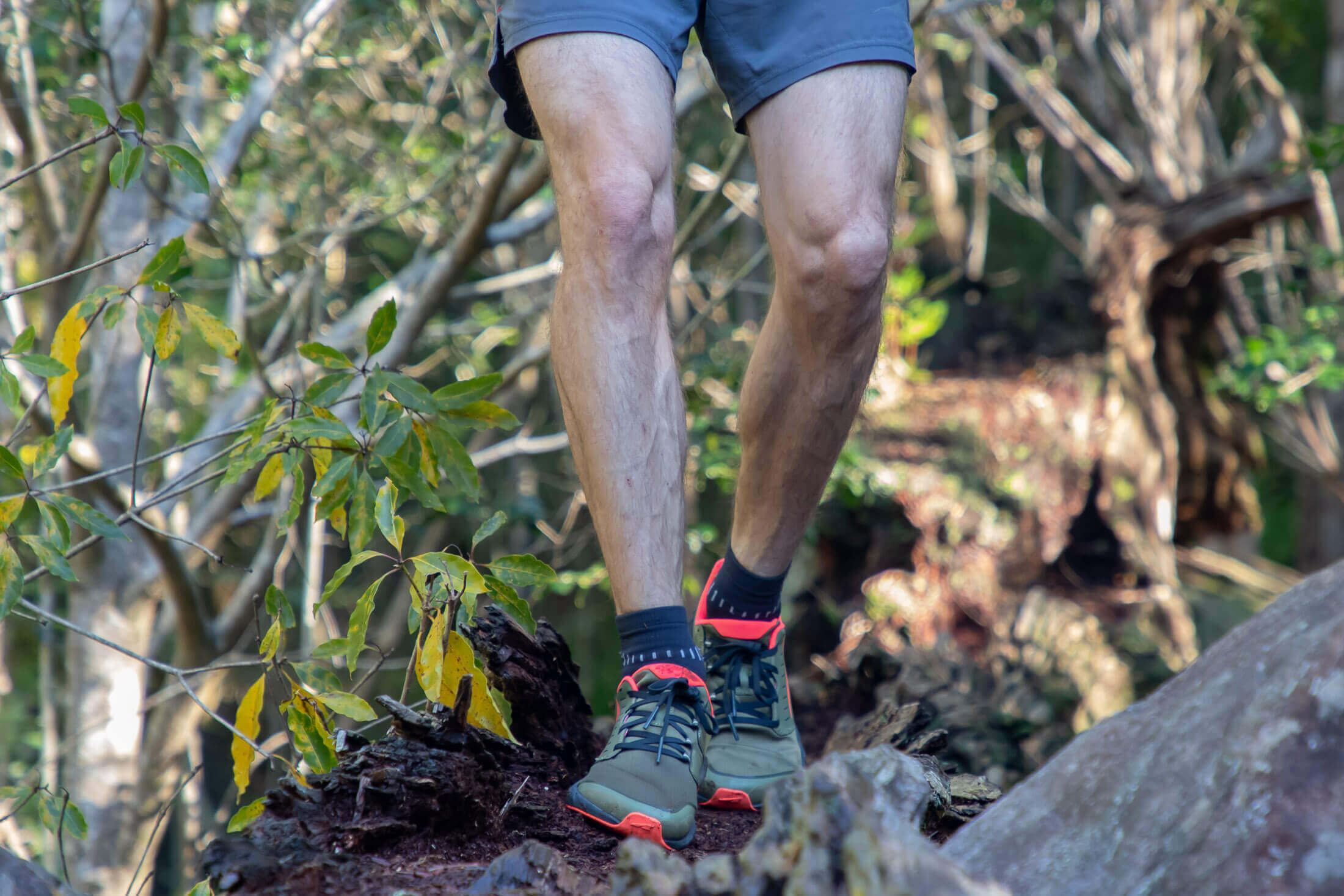
Some runners will go as far as to say that running can be almost meditative, and the growing popularity of mindful running in recent years attests to the success with which many runners have used running as a supplement or alternative to a meditative practice. The goal in mindful running is to focus one’s attention on the physical act of running and clear the mind of distracting and unproductive thoughts or chatter. Of course, you can also do this while running on the road, but being out in nature and having something to focus on (the trail) seems to make trail running more conducive to this exercise. Even if mindful running doesn’t sound like it’s for you, you can at least benefit from the way that running through beautiful surroundings can help you be present in the moment.
Conditioning
The demanding nature of trail running will require you to become a more balanced and robust runner. Instead of relying solely on your glutes, quads and hamstrings to propel you forward, you will also need to develop the kind of core that will allow you to jump over obstacles, make rapid changes in direction, and maintain your balance though skinny sections of trail. Your ankles too will need to be strengthened to cope with the uneven and sometimes unstable terrain. Last but not least, your primary running muscles – those aforementioned glutes, quads and hamstrings – will have to adapt to become more efficient when running or hiking steep hills.
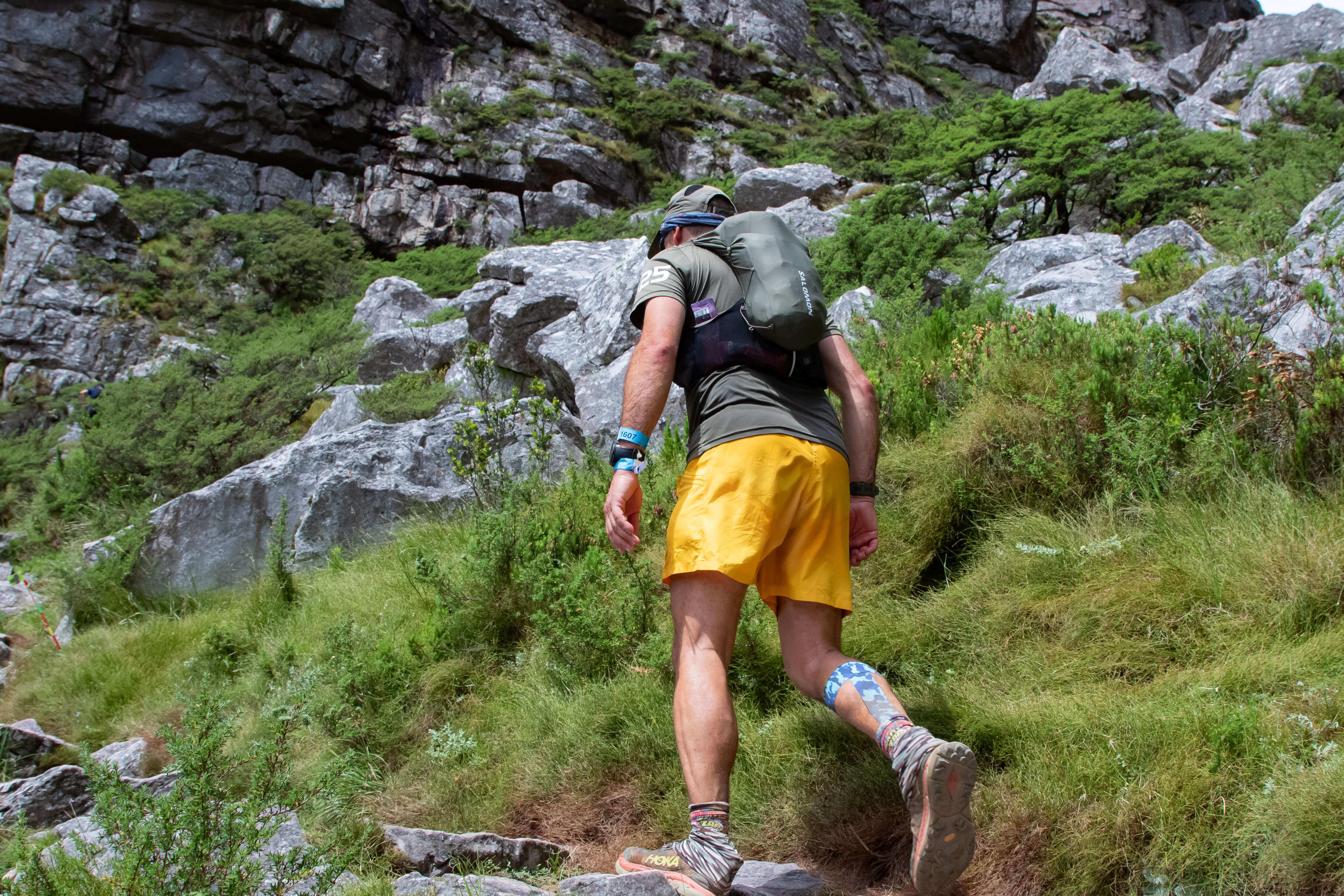
The best way to condition your muscles to run up steep inclines is to do just that – run lots of hills. If the terrain doesn’t offer enough elevation, you will have to run the same hill several times to get in a proper session. To new trail runners, this won’t sound like a whole lot of fun, but it’s one of the best ways to improve your trail running fitness. Beyond hill training, trail runners also benefit from doing single-legs exercises – pistol squats, single-leg deadlifts, lateral lunges – and anti-rotation core exercises – side bridge, single-leg bridge, and windscreen wipers. Lastly, don’t neglect to stretch. Running is a plyometric exercise and relies on elasticity in your muscles and fascia to store and release energy. If your muscles are too tight, they will have a lower capacity for storing are releasing energy with each stride.
Footwear and other gear
Given how trail runs can take you many miles from a trailhead and for several hours at a time, self-sufficiency is more important than it is in road running. Besides water and snacks, which you might also carry on a longer road run, you are likely to also need extra layers, your phone, and a headlamp – if you could still be out after dark. To carry all this kit, most trail runners wear a vest or pack. These essential pieces of gear typically have pockets for water bottles on the front and a zippered storage on the back. The volume of this compartment can range from next to nothing to around 15 liters. You’ll need to consider your needs before and the amount of kit you’re likely to carry before narrowing down your options.
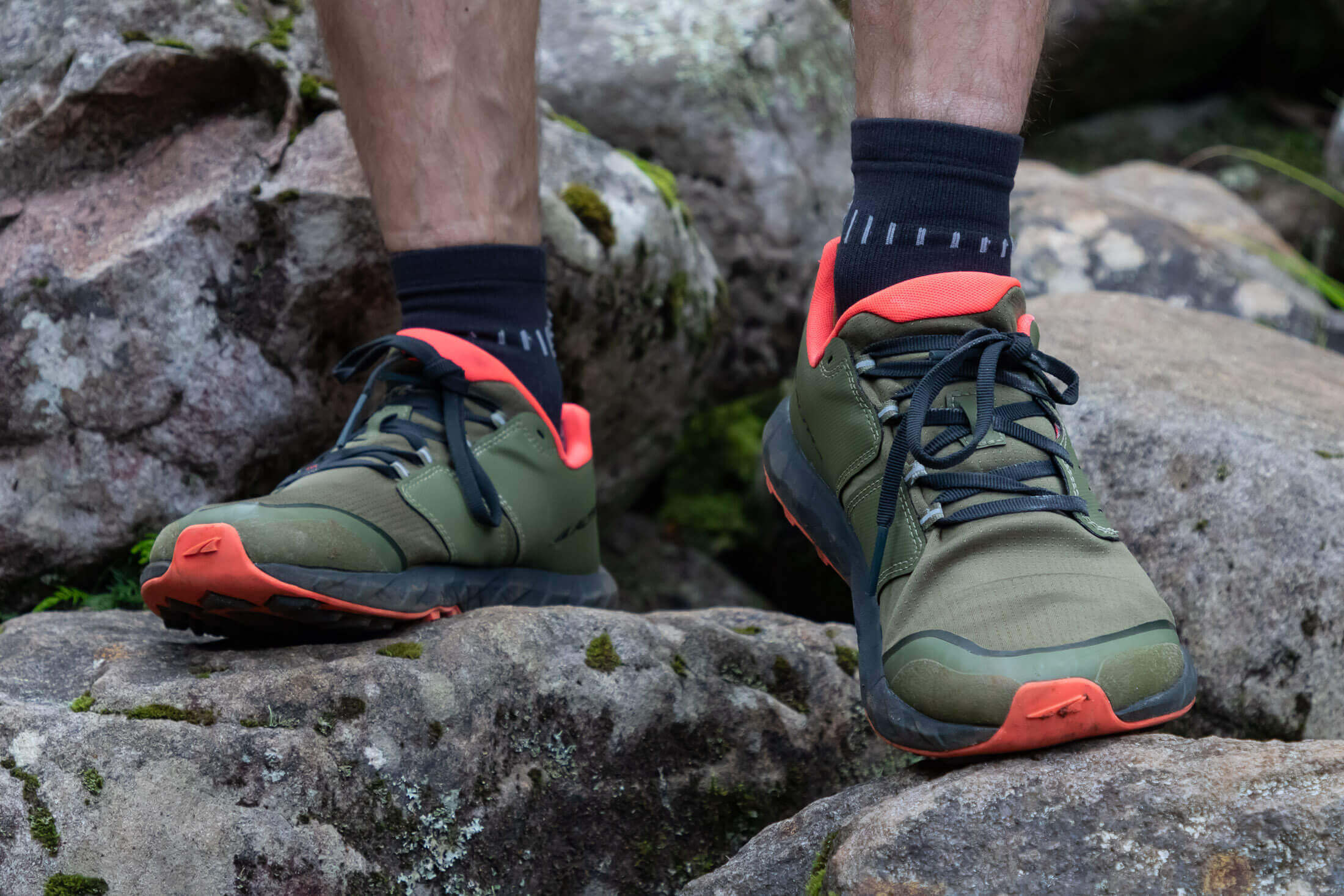
As for footwear, trail shoes have deeper lugs than road shoes and are typically more durable so that they’re better able to withstand the rigors of trail running. Beyond that, trail running shoes can vary widely in design. A lot depends on the design philosophy of the manufacturer. Some brands, like Altra, make shoes with wide toe boxes and zero drop between the heel and toe to encourage a more natural gait. Other brands aim to support your feet with more cushioning or provide more spring by putting carbon plates in their shoes. I’m firmly in the natural gait camp and believe that you can run better when your biomechanics are largely unfettered.
Get out there
If you’re just starting out in trail running, you might want to jump off the deep end, but taking a slower and more cautious approach will improve your odds of avoiding injury early on and will ultimately help ensure steady progression. So start with shorter runs just a few times a week, and then up the ante as your muscles adapt and you develop the skills needed to safely navigate technical trails at speed.
